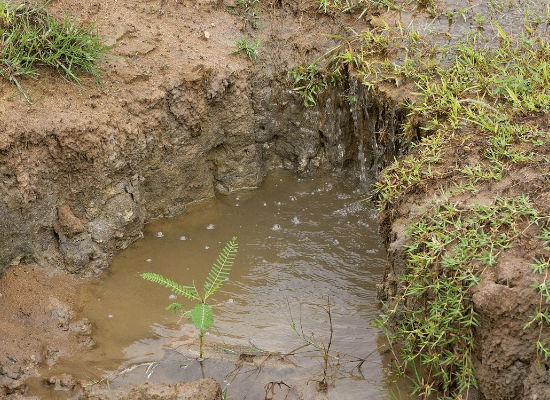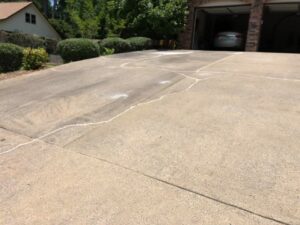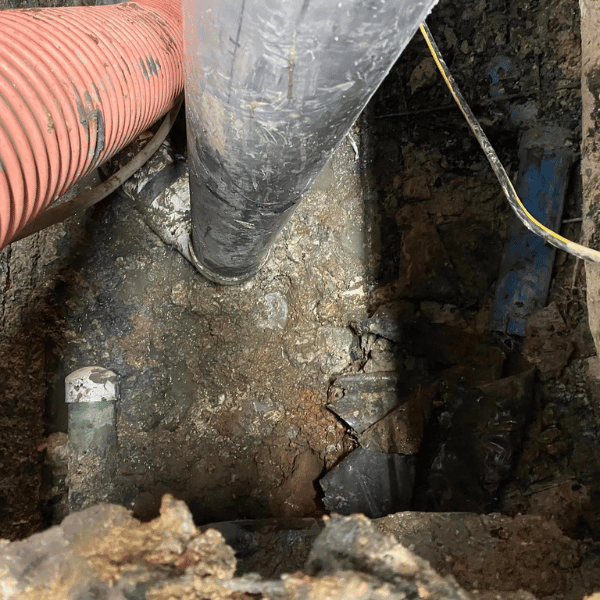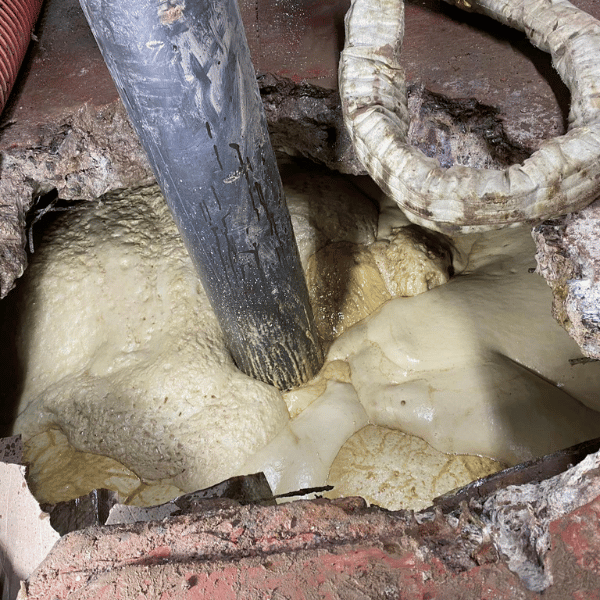There are numerous causes of subsurface voids and concrete voids. Voids are a widespread concrete problem in Arkansas. Here, we will try to explain a few. Knowing what causes voids can help you, as a home or business owner, be aware that you might have them on your property and when to get help.
Voids can be caused by:

Any concrete poured above these voids will eventually crack and sink because no soil is beneath it to support it. This can cause damage to your car and be a trip hazard. For voids under foundations, the problem can be quite a bit more expensive than just repairing concrete. If not repaired, it can cause foundation settlement, and more costly repairs will be needed. So what can you do?

Polyurethane foam can be pumped through dime-sized holes drilled into the concrete and fill the voids beneath. There are a few great things about this solution. It is:
Polyurethane foam can also be sprayed directly into a void space to fill it and make the concrete above it structurally sound again.
Subsurface voids can happen in several places: residential homes, roads, and commercial buildings. To get an idea of how bad these voids can be, let’s look at an example of a recent job that was completed in a commercial building.

This large void was located under a concrete slab in a commercial building. The void was a direct result of a water leak and was nine feet deep! Because of its location, equipment would not fit into the space, and that is an excellent example of when polyurethane foam can be utilized to fill this enormous void.

Here, you can see a view looking down into the void caused by the water leak. It is a large area but a tight space to maneuver around when considering equipment. Airlift Concrete Experts has specialized equipment that we use to apply polyurethane foam that is efficient and safe. Most voids like this one can be filled within a few hours!

The polyurethane foam has been used to fill the void, as you see in this image. You can see that the foam has expanded to fill the entire large area. Polyurethane foam is also impermeable to water, so it will remain solid and provide the structural security that this concrete slab needs for years.
To see more examples of Airlift Concrete Experts’ work and before and after images, visit our image gallery!
You may suspect a void under one of your concrete surfaces, or you may have no idea. An additional in-house service that we provide is GPR, or ground penetrating radar. We can use GPR to locate any voids and/or soft soil that exist under your concrete surfaces or roads so that we can address those problems quickly and efficiently. To learn more about ground penetrating radar, you can visit gprarkansas.com
How do you know if polyurethane foam injection is the right solution to fill your concrete voids? If you suspect you have voids beneath your concrete, contact our team to check it out. We’ll take a look, verify there are voids, and see if polyurethane foam concrete leveling is a good fit as a solution. To get started, contact us today!
